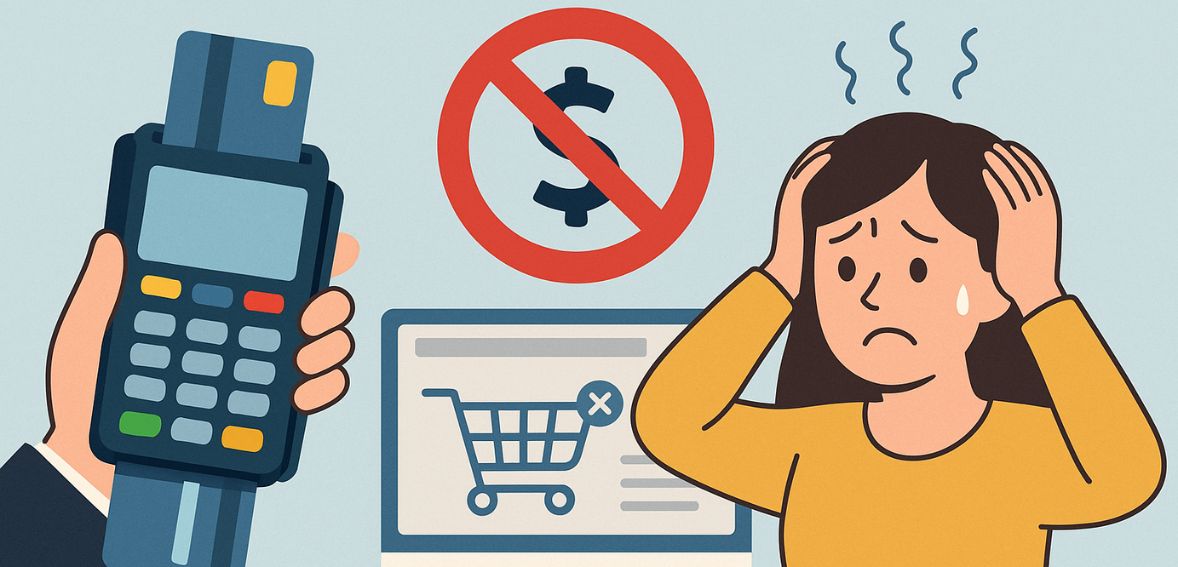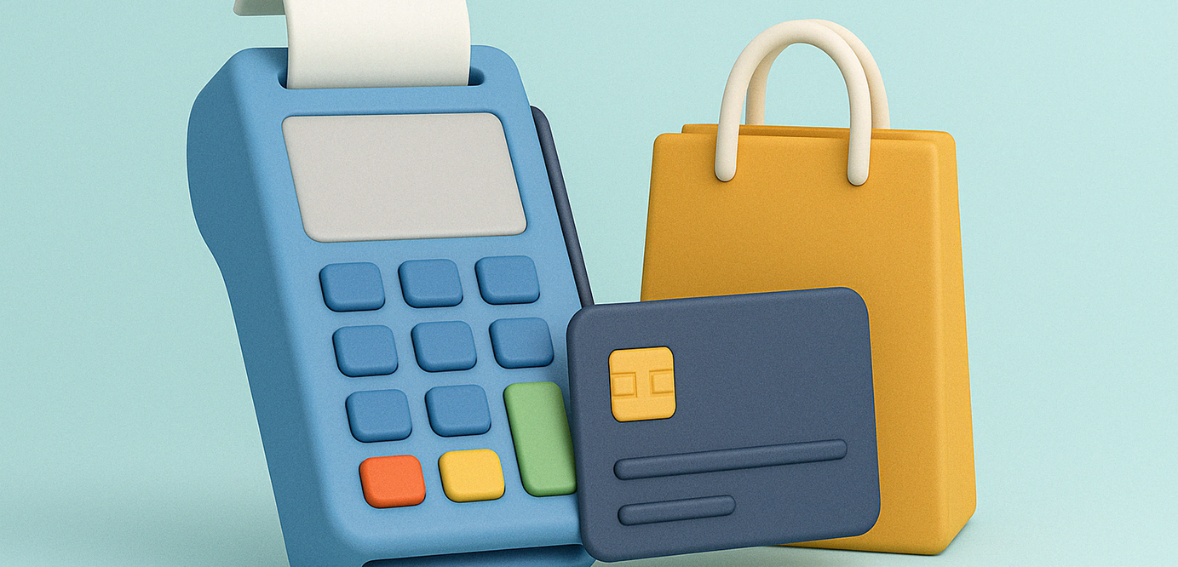Free Processing – All-in-One Zero-Cost Merchant Services
Your Go-To Solution for Free Credit Card Processing
Welcome to Free Processing
Drive Your Business Forward With Zero-Cost Payments
Elevate your operations with a platform built to solve real merchant pain points: rising card fees, confusing pricing, and time-consuming reconciliations. Free Processing replaces these issues with automated dual pricing or compliant credit card surcharge, pre-configured hardware, and clear disclosures. The result is predictable savings, faster funding, and smoother checkouts.
- Eliminate Fees
- Faster Cash Flow
- Actionable Insights
- Scalable & Flexible
Start Accepting Donations with Free Processing Today – No Hidden Fees, No Hassle!
Get Free Payment Processing for Your Nonprofit – Sign Up Now!
Services We Provide

What You Can Do With Free Processing

Payment Handling
Free Processing makes payments simple and secure. With free credit card processing and free payment processing, your business saves money while running more efficiently—every time.

Secure Payments Without the Fees
Enjoy fast, reliable payment acceptance backed by industry security standards, all with free credit card processing that puts savings back in your pocket.

Always-On Payment Support
Our team is here to back your business with free credit card processing and free payment processing solutions. From setup to daily transactions, we make sure payments stay smooth and worry-free.
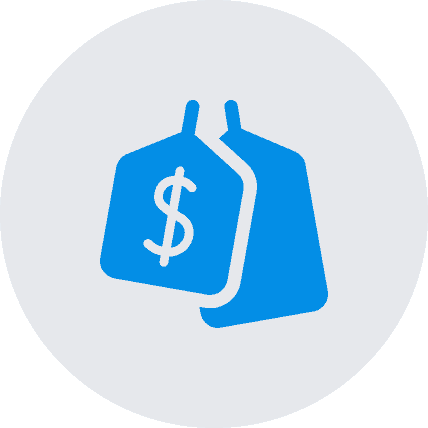
Powerful Tools, Zero Fees
Run your business with confidence using free credit card processing. Our system combines transaction management, reporting, and customer engagement to help you grow while cutting costs.
Elevate Every Payment Experience With Free Processing!
Claim Your Free Payment Processing Setup Now
Top Benefits of Free Processing for Growth
Every transaction matters—and behind every payment is a customer relationship ready to grow. Free Processing gives businesses the advantage of keeping more profits while enjoying secure, seamless transactions. With free credit card processing and free payment processing, our platform makes it easy to reduce costs, improve efficiency, and focus on growth.
- Payment Freedom for Every Industry
- Instant Insights With Every Transaction
- Keep More of What You Earn
- Connect With Customers Effortlessly
- Smarter Dashboards, Smarter Growth
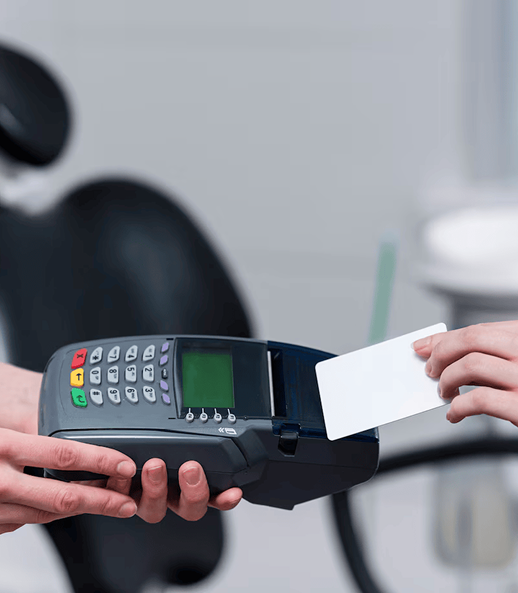
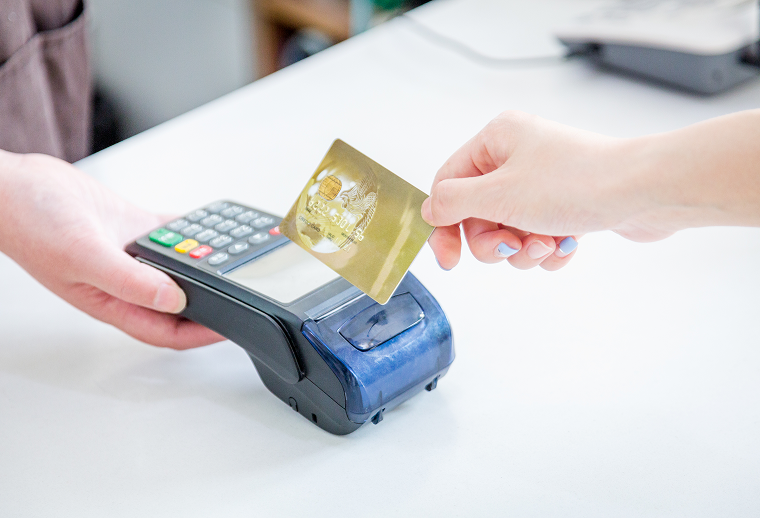
Free Processing helped us cut unnecessary costs and streamline transactions. Their free payment processing is reliable, transparent, and truly fee-free. It has made a huge impact on our bottom line.
Switching to Free Processing was the best decision for our business. With free credit card processing, we save thousands every year while enjoying fast, secure payments. The setup was simple, and the support team is excellent.
Free Processing Blog




